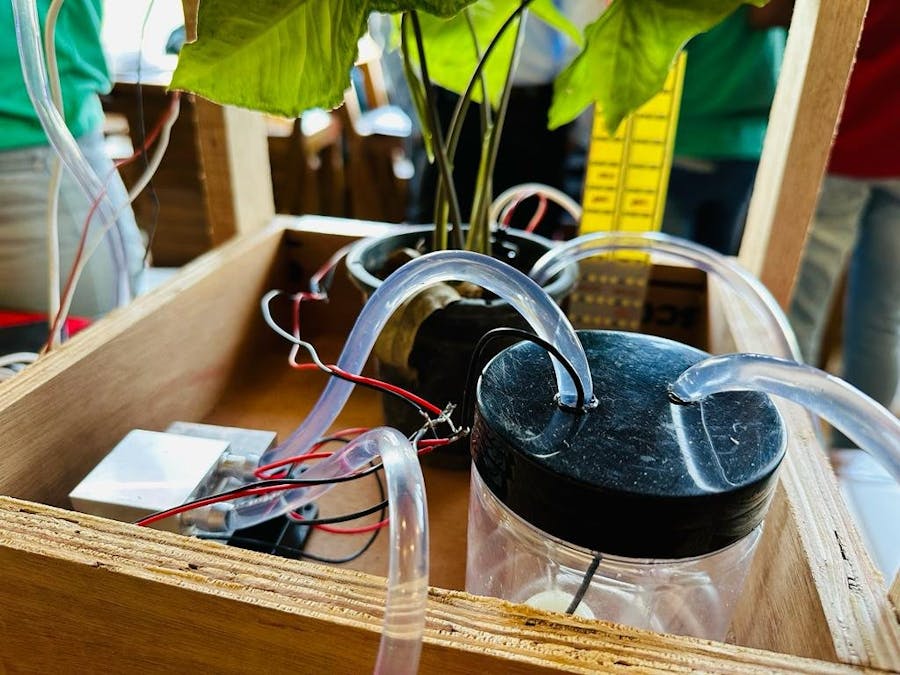Stacking crops and plants atop vertical, multi-level racks within a facility with a controlled atmosphere is known as vertical farming. Every rack has an area above it where plants can grow. Because these high-tech farms may be situated in warehouses, industrial buildings, or even skyscrapers instead of using farmland or conventional greenhouses, they significantly reduce the amount of space required to raise food.
Challenges With Vertical Farming in Contemporary Scenario
- Experts wanted.
- High investment cost.
- High running costs.
- High power consumption.
- High maintenance.
- Lack of Automation
Introduction
This project aims to address this issue by creating a smart vertical farming system that automates control and monitoring through BLE communication, enabling farmers to optimise their crop yields with minimal human intervention.
Requirements
To successfully develop the smart vertical farming system, the following requirements are required to be met:
- Real-time monitoring and control of environmental parameters, including soil moisture, and light.
- An efficient mechanism for the conversion of humidity to water to ensure the supply of water is not limited.
- Robust and secure BLE communication between sensors, actuators, and the central control unit.
- A user-friendly GUI (Graphical User Interface) to access and control the farming system remotely and act as fault tolerance in the system.
- A scalable and cost-effective system design suitable for various farm sizes.
Design Principles
The design principles include modularity, scalability, security, and ease of use. The system components should be interchangeable, allowing for customisation based on specific crop requirements and farm sizes. Security measures will be implemented to prevent unauthorised access to the system. The system should be user-friendly simple app interface.
The System Architecture
The above flowchart indicates the complete architecture of the system and the connections and overall functioning of the system.
There is an integration of ThingSpeak platform of the data Visualisation is required here are some tutorials to create accounts and channels on ThingSpeak with Arduino Nano 33 IoT.
Bluetooth Low Energy
The communication protocol used in the project is the Bluetooth Low Energy.Bluetooth Low Energy is regarded as a different technology that specifically targets markets where the demand is for ultra-low power rather than high throughput.
For the project , we need to communicate between the Arduino Nano 33 IoT to Raspberry Pi 4. This is a tutorial to do the communication between these devices and guidance to write the codes for communication.
Graphical User Interface (GUI)
There was a requirement of the system for the fault tolerance for this a GUI is made to command the actuators in case there is issue in the data transfer.
Photos of the System
This prototype has the potential to revolutionise farming practices and contribute to sustainable agriculture. Hoping that this report and the associated code repository provide valuable insights into the development and implementation of smart farming solutions.
Project Working Video:
It is part of assignment submitted to Deakin University, School of IT, Unit SIT210 - Embedded Systems Development.














_3u05Tpwasz.png?auto=compress%2Cformat&w=40&h=40&fit=fillmax&bg=fff&dpr=2)
Comments
Please log in or sign up to comment.